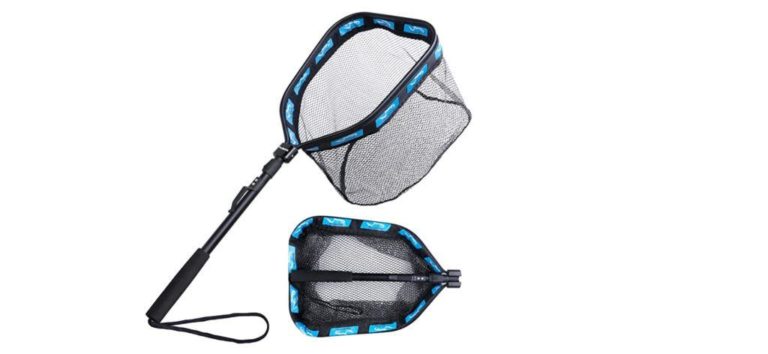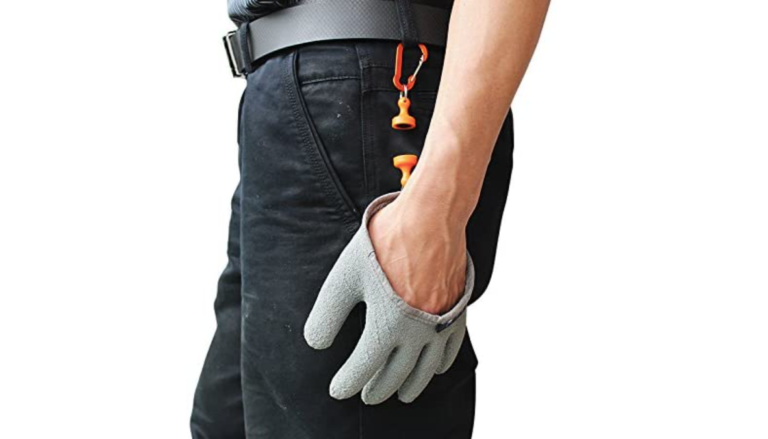Does Catch and Release Hurt Fish
Skip To Save Time
Does Catch and Release Hurt Fish
This is a valid question and is one that the team at Catch and Release Fishing have discussed for many an hour on the water and off. There are plenty of proponents one way and the other, including the late, great Lee Wulff, a leader in the fly fishing world, who said, “Game fish are too valuable to be caught only once.” We, of course, agree with him completely.
There is more to this than simply saying, “yes” and “no.” Firstly, we have to consider if the act of catch and release “hurts” the fish in the sense of causing the fish pain.
Do fish feel pain
Decades of belief that catching fish does not cause pain is slowly being replaced with science pointing to the contrary. Nocicereceptors, the receptors in people and animals that signal pain, are found in fish. Fish react the same to pain stimuli and irritants as people and animals. Some researchers point out fish nocicerecptors do not function in people the same as they do in fish. Regardless, fish can feel pain.
Catching fish does affect its survival rate
Any time a fish is taken from its natural element for any reason, there is a chance the fish will perish. The stress, fight and harm during handling are all factors in mortality rates. Most anglers can almost assure themselves of a four percent mortality rate for all fish, even fish caught and returned with best practices.
Ecological impact
In the U.S., the inshore saltwater redfish was in serious decline. There was neither a limit on size or bag, and it was common for anglers to take 50 or more fish at a time. States took rapid action and instituted catch and release requirements. The most strict of all was Florida, who in 1991 mandated a specific length of fish allowed for keeping and only one of those per person.
Now, 30 years later, the effects of this requirement have made a huge impact on the population. Redfish are abundant, and many anglers are landing fish of substantial size and length, making sure to return them to the water after getting photographs.
There is no study on how many redfish die after handling, but the explosion in the health and quality of the population certainly points to one conclusion — catch and release fishing is good for the ecology of the fishery.
Catch and Release Fishing is not averse to keeping and eating a catch. Legal and sustainable fishing is good for the species and much better than anything purchased in a supermarket. Humane dispatching of fish you plan to consume is right and just. However, if you have no intention of eating or giving away to someone who will eat, return the fish to the water.
Even with best practices on catch and release, there is always a potential to harm the fish in some way. Zero percent of fish caught and kept for table fare survive. The best solution then rests in the best practices and ways to ensure the fish has the best possible chance of survival after catch. It is not as difficult as some may think.
Consider being underwater. The average person is okay for approximately 30 seconds. One minute is pushing it. Two minutes under is about the maximum before panic sets in with self-preservation being all-engrossing.
Fish are no different. Returning the fish to the water needs to be done as quickly and efficiently as possible. Catch, measure, photograph and release.
Here is what Catch and Release Fishing recommends for the safety and best chance of the fish living to be caught again.
1. Have everything in order — You have a trophy on the line. If you have a partner, they should be getting the net ready, have their phone on camera mode and poised to help you land the fish. If they are not ready, keep the fish in the water as long as possible.
2. barbless hooks for fishing are always best — We have done extensive work on the barbless hook from lures to bare hooks. However, the number one thing to remember about a barbless hook is that it needs to be razor sharp.
We like the Gamakatsu line of barbless hooks because:
Ultra sharp points
Multiple pieces to a pack
Variety of sizes, including treble hooks
3. Use a net — Solo or with a partner, a net is vital. There are plenty of videos and how-to pages on how to use a net. Remember three things:
- Have the net in the water;
- Guide the fish to the net;
- Lift the net out of the water as quickly as you can.
Unsure of what net you need? We recommend the PLUSINNO Floating Fishing Net for a few reasons:
The Plussino floats in case it is dropped
The Plussino is rubber coated so hooks will not snag
The Plussino collapses down
The Plussino has a large area to scoop fish of almost any size
A net will also help minimize the amount of time you handle the fish while removing hooks.
4. Never use a hand to lift the fish out of the net — Some fish have teeth. Sharp teeth. Sharp teeth that can cause serious damage.
It is best to lift the fish out of the net with something along the lines of the Rapala 9” Floating Fish Gripper:
Minimizes injury to the fish because of the small surface grabbing area
Has a lanyard and floats
Locks into place, and releases easily
5. Use a glove to handle the fish — Fish has a thin layer of mucus like slime that protects their bodies from temperatures and injury. Minimizing the damage done to this coating is important to the health of the fish.
We all know fish flop around when hooked and can be difficult to hold. This is why we like the Inf- way Fishing Glove with Magnet Release. This glove:
Clips to your belt
Magnet holds the glove in place until you put in on
Textured surface makes for better hold
Minimizes slime loss on fish
Be sure to dip the glove into the water before handling your fish. The small indentions across the surface will hold sufficient water for the handling.
6. Get the hooks out quickly and humanely — Several factors go into getting a hook out of a fish’s mouth. Where the hook is on the mouth, how deeply and if the hook can come out easily.
Fish that swallow hooks are better to have the line cut and released that way as removing the hook can do more damage to the fish. If you have a treble hook, the issue is complex. It is always best to remove hooks with a pair of pliers like the ZACX Fishing Pliers. We like these a great deal since the pliers:
Come with a fish gripper for toothy fish
Are attached to a lanyard
Can be used to replace hooks as well
Carrying case
So, does catch and release hurt the fish? Yes — if the fish is roughly handled and held out of water for too long. The better question is ‘Does the fish feel pain?’ We can assume it does, but again, anglers can minimize pain, shock and fatigue with some proper handling habits.
Catch and Release fishing knows that even with the best possible techniques and care, a percentage of the fish will not survive. However, you can minimize the damage to the fish with these items, being gentle and moving quickly.
We hope to see you on the water.








